Presentation
Recurrent seizures
Patient Data
Age: 16 years
Gender: Female
From the case:
Cerebral cavernous malformation
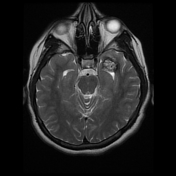



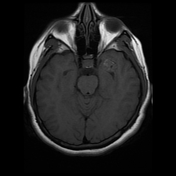

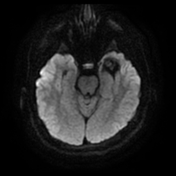

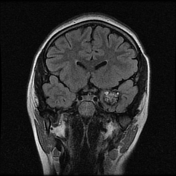

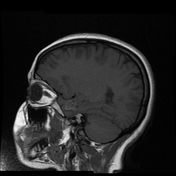

Download
Info
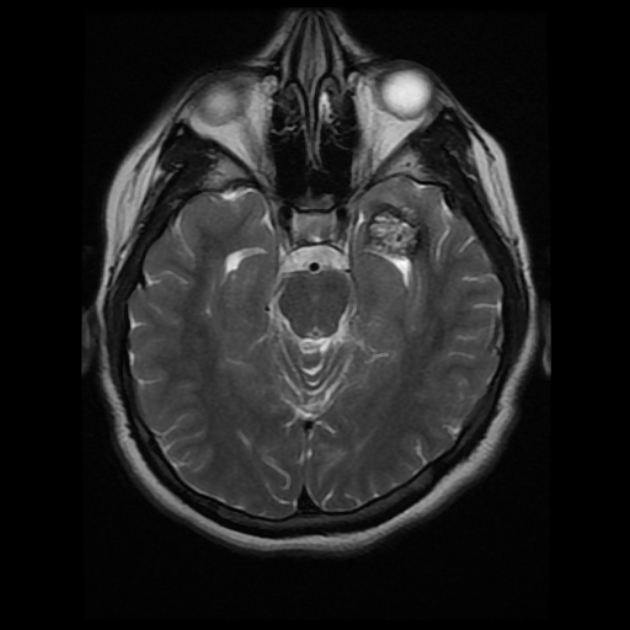
Left temporal intra axial space occupying lesion that displays typical popcorn appearance on T1 and T2 with marginal hypointense rim on T2 due to hemosiderin deposition. The lesion displays susceptibility artifact on DWI.
Case Discussion
Type II cerebral cavernous hemangioma (cavernoma) according to Zabramski classification. T2 GRE or SWI are the best modalities for depiction but DWI can be used as well as it is sensitive for susceptibility artifact created by blood products.




 Unable to process the form. Check for errors and try again.
Unable to process the form. Check for errors and try again.